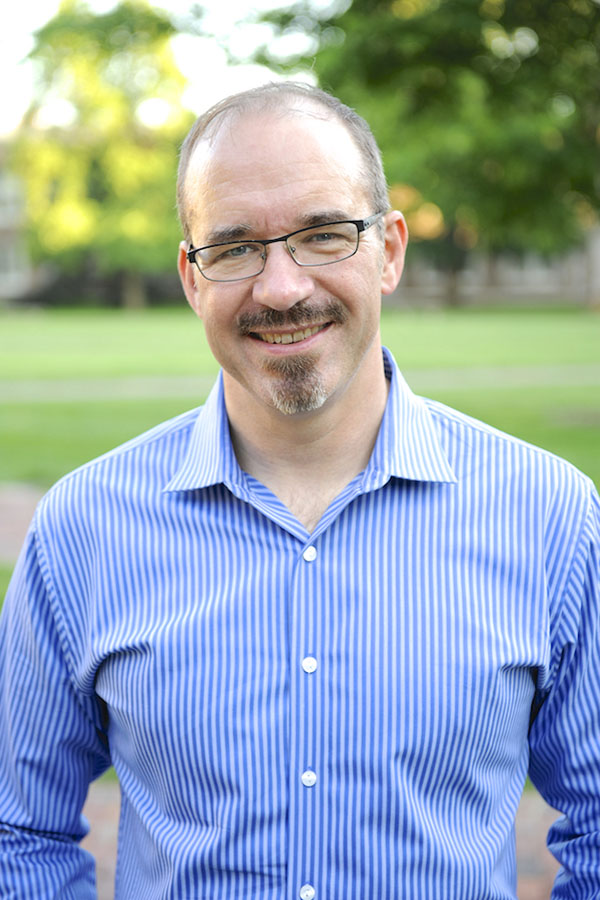Rise in marijuana use not as high as previously reported
Still, percentage of adults smoking the drug increased about 20 percent over last decade
 B. Dungeon
B. DungeonWashington University School of Medicine researchers report an estimated 12.5 percent of adults living in the United States use marijuana, but their research also shows that the rate of pot use did not double from 2002 to 2013 — as had been reported in the fall — but instead increased by about 20 percent. Meanwhile, the rate of problems related to the drug has remained steady.

Marijuana use is on the rise, with an estimated 12.5 percent of adults living in the United States reportedly using the drug at least once in 2013, according to a new study that looked at drug usage over the span of a decade.
But that research, from Washington University School of Medicine in St. Louis, also shows that the rate of pot use did not double from 2002 to 2013 — as had been reported in the fall — and that the rate of problems related to the drug remained steady.
The Washington University researchers found that rather than doubling, the increase in marijuana use among adults was closer to 20 percent over the same time period and that problems related to using pot, such as addiction, remained steady or even declined.
The new findings are in stark contrast to data published in 2015 by another team of researchers. They had suggested the percentage of U.S. adults using marijuana had more than doubled from 2002 to 2013, with a similar increase in the rate of marijuana-use disorders.
But the new research comes with a caveat: Even though the percentage of adults smoking pot has not doubled, an overall higher percentage of people reported using the drug in 2013 than had been reported in the previous study. That study had indicated that 9.5 percent of American adults used the drug, as compared with 12.5 percent in this study.
The new findings are available Feb. 10 in the journal JAMA Psychiatry, the same journal that published the 2015 report.
“It’s not surprising that marijuana use is on the rise — several states have legalized it for either medicinal or recreational use — but our data suggest that the use rate hasn’t come close to doubling,” said first author Richard A. Grucza, PhD, a professor of psychiatry. “That doesn’t mean there are no problems. The two studies agree that close to 1 in 10 adults uses the drug. The difference is that we believe the 2002 survey for the other study underestimated the percentage of adults using the drug.”

The discrepancy is traced to how researchers obtained the data they analyzed for their respective studies. The study reported last year relied on two face-to-face interviews conducted in 2002-03 and 2012-13. The initial wave of those interviews was conducted by U.S. Census workers.
In contrast, the Washington University researchers used data gathered annually using computer surveys and that did not rely on face-to-face interviews. The collection of that data was overseen by the Substance Abuse and Mental Health Services Administration.
“Data from face-to-face surveys previously have been demonstrated to be more sensitive to social attitudes than data collected anonymously,” Grucza said. “People may say one thing to an interviewer but something else on an anonymous computer survey, particularly when the questions deal with an illegal substance.”
As several states have legalized some form of marijuana use and social taboos have lifted, Grucza said it’s likely that some people who may have been uncomfortable telling an interviewer in 2002 that they used marijuana were willing to be more open a decade later.
The face-to-face survey found the percentage of adult users rose from 4.1 percent in 2002-03 to 9.5 percent in 2012-13, for an overall increase of 131 percent. Meanwhile, the computerized surveys noted an increase from 10.5 percent to 12.5 percent in that same span — a significant rise of about 20 percent, but much less than the more than doubling reported in the other study.
The face-to-face study also reported that marijuana-use disorders had doubled from 2002 to 2013, rising from 1.5 percent to 2.9 percent of those who reported using the drug. Meanwhile, the computerized survey Grucza’s team analyzed found no change in the number of problems related to pot.
“We’re certainly seeing some increases in marijuana use,” Grucza said. “But our survey didn’t notice any increase in marijuana-related problems. Certainly, some people are having problems so we should remain vigilant, but the sky is not falling.”






